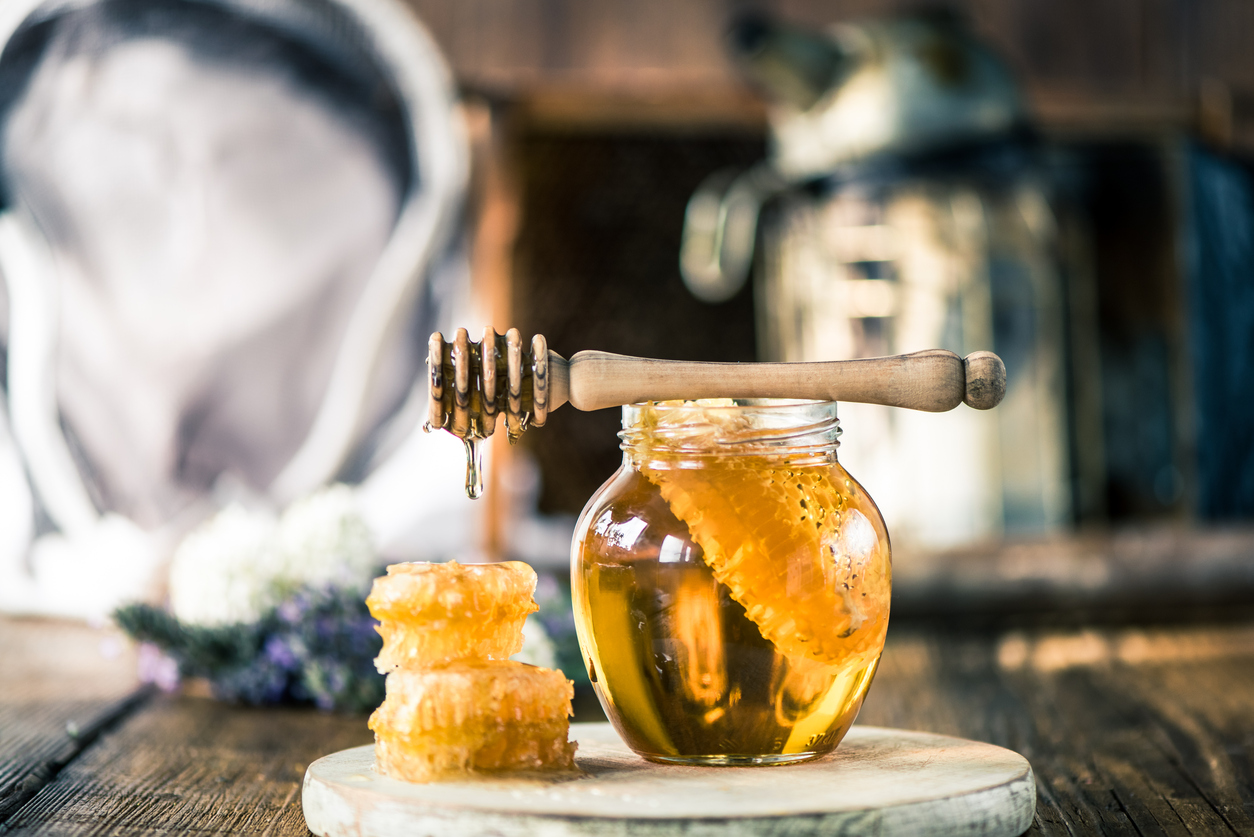
THE BEE STORY
December 8, 2017 1:22 pm
Shhhh. Hear that? There’s a buzz around the St Maur vineyard. And it’s not bud burst or a new vintage, but……….bees! Yes, bees, from the two St Maur beehives that we have recently commissioned. After discussions at a recent Member’s lunch with David Watson, a club member with a great passion for bees, David generously offered to assist us in installing and maintaining some beehives, and we jumped at the opportunity.
We thought it would be fun to take up beekeeping, and we are looking forward to tasting some of the St Maur honey.
Where Wine and Bees Meet
Honey is surprisingly like wine, expressing the terroir – the unique combination of earth, plants, and microclimate, where the honey is made or grapes are grown. The flavours of the honey produced are a reflection of the diversity of plants the where the bees forage and harvest the nectar and pollen, bringing them back to the hive and determining the flavour of honey produced.
At St Maur, we have located our beehives near the dam, where the bees can get fresh water and forage for pollen along the banks where there is a diverse range of plants.
The vineyard’s ecosystem
St Maur’s philosophy has always been about making premium wines in harmony with our environment. With that vision and passion, we have always strived to apply the best practices of the industry to our vineyard, to produce healthier vines and higher quality grapes. One of the benefits of our sustainable farming practices is the profusion of bees, butterflies and other beneficial insects to the vineyard.
Interestingly, the bees aren’t here to help pollinate the grapes. Grapes are hermaphrodites, with both male and female reproductive organs, so they can self-fertilise. The wind is the means by which grapes are pollinated.
However, the plants around the grapevines do need bees, and those plants create a healthier environment for the vines. The bees contribute to the cover crops below these vines. They help them flower successfully and provide a lusher and more viable cover crop, efficiently returning nutrients to the soil.
Bees do much more than pollinate those crops, they help the insects as well. The beneficial predators such as lady beetles, green lacewings, soldier beetles and vine mealybug thrive on these cover crops and their presence means less artificial intervention in the vineyard, as nature is doing the work for us.
In short, lots of bees are a good sign that you have a healthy vineyard, with a diverse ecosystem.
With summer underway and lots of flowering across the farm, we can see the bees are active in the vegetable patch and garden. We are looking forward to extracting our own honey and to see their influence on our next vintage wines.
Cheers
Marco
This post was written by St Maur Wines

